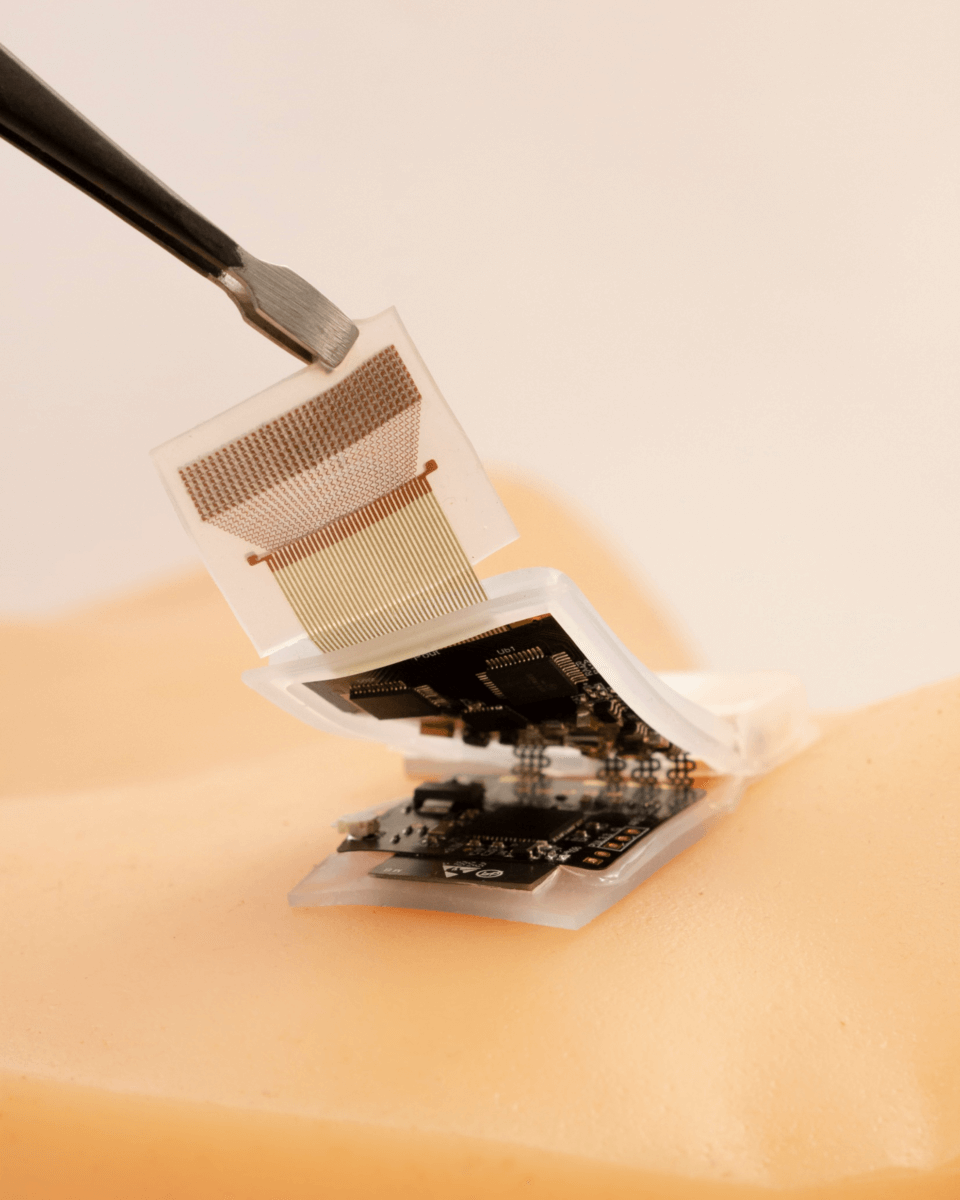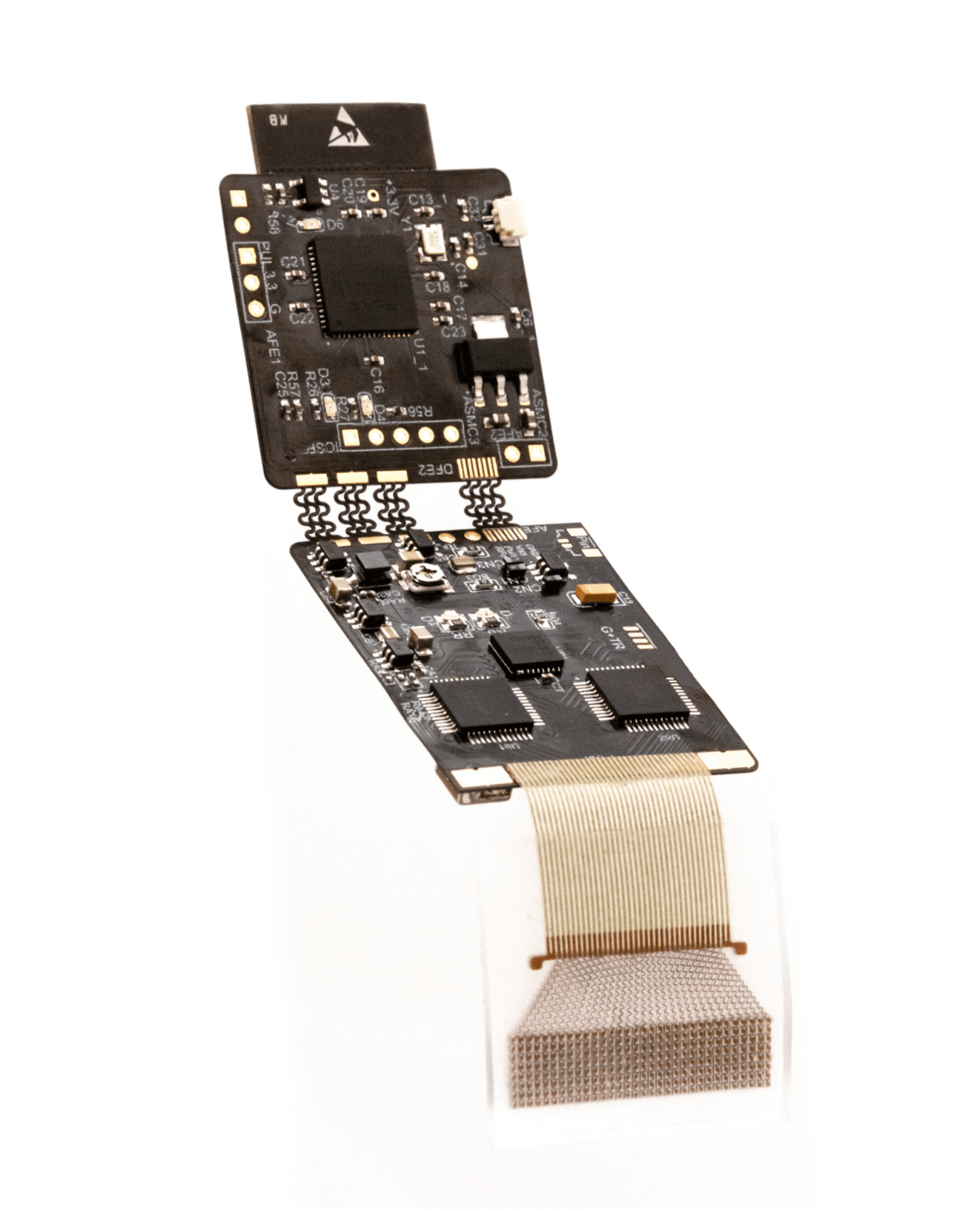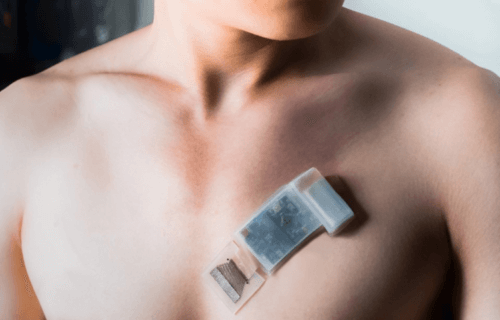SAN DIEGO — Researchers have developed a wearable sensor that can monitor someone’s internal organs in real-time as they carry out daily activities. Described as a “giant leap forward” in wireless ultrasound monitoring, this device is about the size of a large bandage and sticks right to the wearer’s chest as they go about their day.
“This technology has lots of potential to save and improve lives,” says Muyang Lin, a Ph.D. candidate at the University of California-San Diego and the first author of the study. “The sensor can evaluate cardiovascular function in motion. Abnormal values of blood pressure and cardiac output, at rest or during exercise, are hallmarks of heart failure. For healthy populations, our device can measure cardiovascular responses to exercise in real-time and thus provide insights into the actual workout intensity exerted by each person, which can guide the formulation of personalized training plans.”
Cardiovascular diseases claim almost 18 million lives per year. Administering medication and making lifestyle changes promptly can be particularly effective. Presently, echocardiograms require trained technicians and cumbersome equipment, but this first-of-its-kind deep tissue system can track physiological signals up to six and a half inches beneath the skin.
“Our project offers a complete solution to wearable lifestyle changes ultrasound technology. We’ve developed a truly wearable device that wirelessly senses vital signs from deep tissue,” Lin elaborates in a university release.

(credit: Muyang Lin)
Named USoP (ultrasonic system-on-patch), this device uses a machine-learning tool (a branch of artificial intelligence) to interpret data collected by a small, flexible control circuit and an ultrasound probe. Unlike other electronic patches that require tethering cables and limit user mobility, this breakthrough is part of the Internet of Medical Things (IoMT), connecting a network of medical devices to computers.
Unexpectedly, the team discovered that USoP had more capabilities than they initially thought.
“When we started this project, our goal was to build a wireless blood pressure sensor. As we progressed, we realized that this system could measure many more crucial physiological parameters than blood pressure, like cardiac output, arterial stiffness, and expiratory volume. All these parameters are essential for daily healthcare or in-hospital monitoring,” explains Lin.

“By applying an advanced adaptation algorithm, we’ve made this model work across different individuals by minimizing discrepancies between subjects. Essentially, we can train the algorithm on one subject and apply it to many others with minimal retraining,” says Assistant Professor Ziyang Zhang, the study’s co-first author.
Looking ahead, the researchers are planning clinical trials involving a larger number of participants. The team also plans to commercialize the product through the university spin-off company, Softsonics.
You might also be interested in:
- Innovative ‘smart tattoos’ fit together like Legos, act like wearable devices
- Breast cancer detector using wearable ultrasound patches fits inside a woman’s bra
- U.S. government invents AI-powered wearable device that spots disease a week early
South West News Service writer Mark Waghorn contributed to this report.

